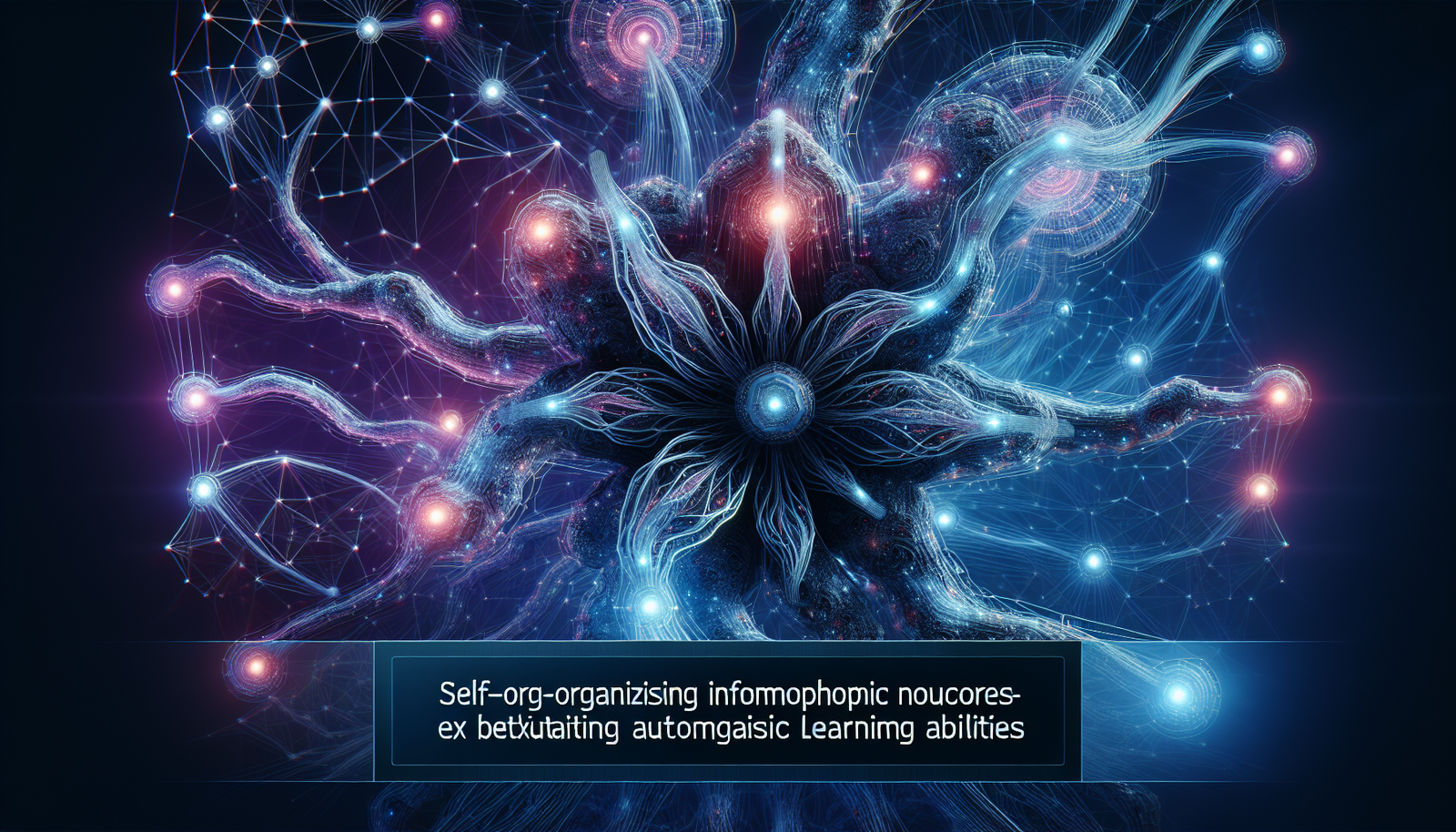Advances in neuromorphic technology are transforming the landscape of artificial intelligence and garnering increased attention. Neuromorphic neurons are emerging, illustrating the fusion between biology and technology, capable of autonomous learning. The interconnection of artificial synapses offers revolutionary potential for intelligent systems. *Evolving towards autonomous learning* for these devices provides a new perspective on AI. These innovations allow us to emulate the cognitive complexity of the human brain, enhancing the adaptive capabilities of machines. This array of innovations propels artificial intelligence into new horizons, giving rise to more efficient and responsive devices in unforeseen situations.
The concept of neuromorphic neurons
Neuromorphic neurons represent a significant advancement in the field of artificial intelligence. They aim to replicate certain characteristics of biological neurons, particularly their ability for autonomous learning. Their structures enable a way of processing information that mimics the functioning of the human brain.
Principles of operation
These neurons rely on synaptic feedback systems to perform adaptive learning. The signals transmitted between them are modulated by artificial synapses that adjust based on the acquired experience. This approach echoes recent discoveries regarding the role of internal communication in the cerebral cortex.
Potential applications
The emergence of these neurons opens fascinating prospects for various applications. Their ability to adapt to changing environments could transform artificial intelligence in sectors such as robotics, healthcare, or even the processing of complex data. Neuromorphic devices are designed to operate locally, reducing the need for constant connections to remote servers.
Recent technological advancements
Research teams have dedicated themselves to creating physical models that better anticipate the behavior of these neurons. Thanks to advances in the design of memristors, highly complex circuits composed of interconnected artificial neurons are emerging. These innovations open opportunities for much more effective learning systems.
Challenges and future perspectives
Despite these advances, several challenges remain. The main difficulty lies in refining the learning mechanisms to make them as robust as those of biological systems. Researchers are looking to optimize algorithms to maximize the efficiency of neuromorphic neurons. Their autonomous learning capabilities also raise ethical and practical questions regarding the autonomy of artificial intelligence.
The future of neuromorphic neurons looks promising. Many scientists continue to explore this field to develop AI technologies that increasingly mimic the functioning of the human brain. These advances could lead to systems capable of solving problems in innovative and adaptive ways.
Frequently asked questions about self-organizing neuromorphic neurons
What is a neuromorphic neuron and how does it work?
A neuromorphic neuron is a processing unit inspired by the workings of biological neurons that allows for autonomous learning. It uses mathematical models to simulate neural connections, facilitating information processing and adapting responses based on stimuli.
How do neuromorphic neurons enhance machine learning?
Neuromorphic neurons stand out due to their ability to learn autonomously. With their architectures, they can adapt to new conditions without human intervention, significantly improving the efficiency of artificial intelligence systems.
What are the advantages of neuromorphic neuron-based systems compared to traditional neural networks?
Neuromorphic neuron-based systems offer greater flexibility and adaptability. Unlike traditional neural networks that require extensive data preparation, these systems can adjust their synaptic connections in real time, allowing for more dynamic and contextual learning.
Can neuromorphic neurons be used in real-world applications?
Yes, neuromorphic neurons are promising for many applications, particularly in robotics, IoT (Internet of Things), and cognitive systems, where autonomous learning is essential for adapting to changing environments.
What is the difference between neuromorphic neurons and electronic synapses?
Neuromorphic neurons represent processing units that mimic natural neurons, while electronic synapses are connections between these artificial neurons. Together, they allow the creation of networks capable of learning like the human brain.
What challenges do researchers face in developing neuromorphic neurons?
The main challenges include accurately modeling neuronal behaviors, optimizing architectures for efficient performance, and reducing energy consumption while maintaining high autonomous learning capabilities.
How might neuromorphic neurons influence the future development of artificial intelligence?
Neuromorphic neurons could revolutionize AI by introducing systems capable of learning in a more autonomous and adaptive manner. This would pave the way for smarter, more reactive, and autonomous AI applications capable of adjusting to the changing needs of users.
Are there current research projects on neuromorphic neurons?
Yes, many laboratories and institutions around the world are actively working on developing and improving neuromorphic neurons, seeking to harness their potential to create more efficient and autonomous learning systems.






